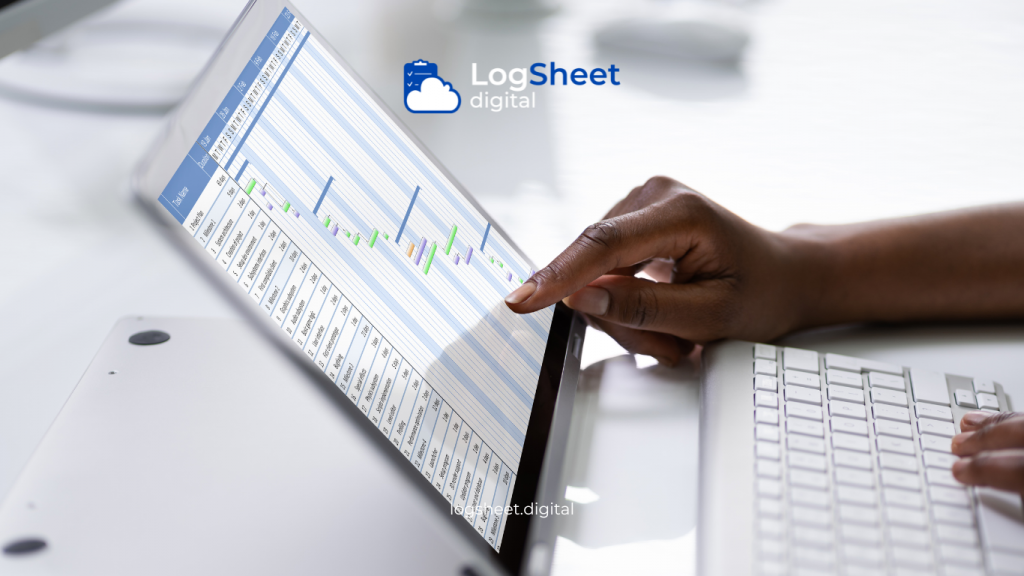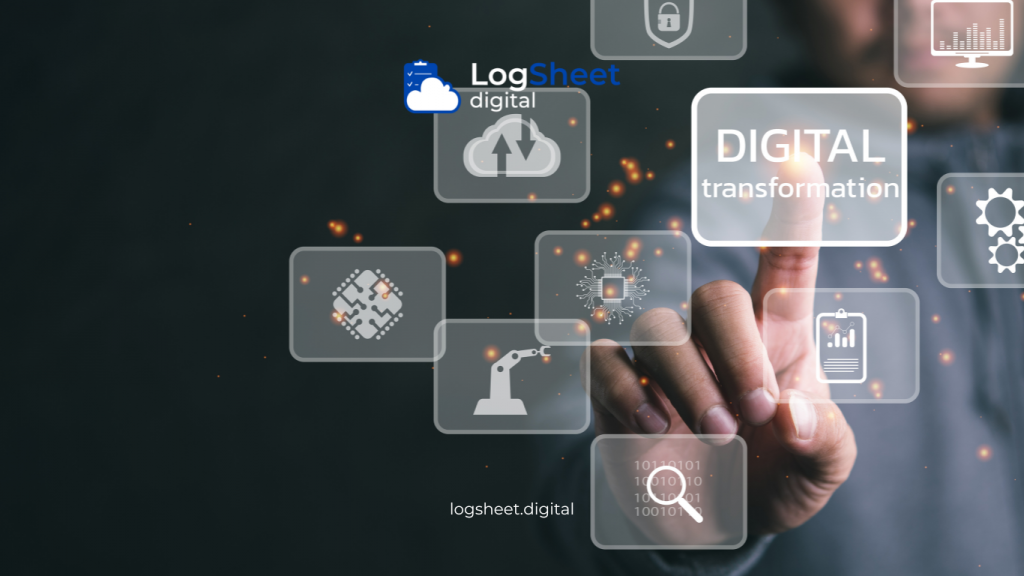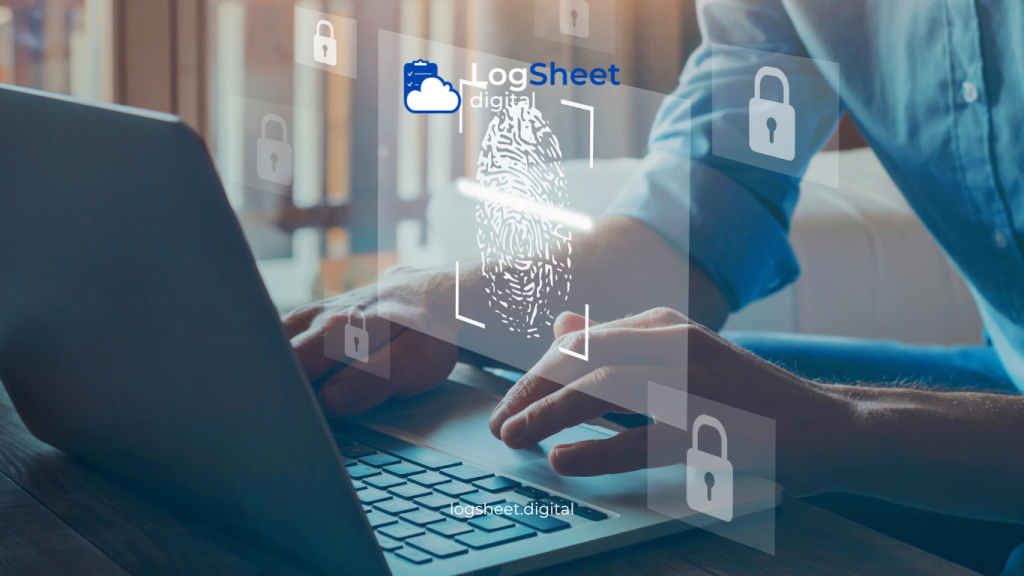In an increasingly technology-driven industry, adopting digital systems is crucial for enhancing process efficiency and accuracy. One such technology gaining popularity is the digital logsheets. This article will discuss the application of digital logsheets for calibration tracking and monitoring, as well as their benefits for the industry.
What Are Digital Logsheets?

Read more: Digital Logsheets as a Step Towards Calibration 4.0 in Industry
Digital logsheets are electronic versions of manual records used to document various data and activities. In the context of calibration, digital logsheets replace manual records with digital formats that allow automatic and real-time data entry. This technology provides a more efficient alternative compared to traditional record-keeping methods, reducing the likelihood of errors and improving data accessibility.
Benefits of Digital Logsheets in Calibration
1. Accuracy and Data Consistency
Digital logsheets minimize the risk of recording errors often encountered with manual logs. With an automated system, calibration data is recorded more accurately and consistently. This is crucial in sectors such as pharmaceuticals and high-tech industries, where data precision impacts product quality and safety.
2. Real-time Access and Improved Monitoring
Digital logsheets enable real-time access to calibration data. Technicians and managers can monitor the status of calibration tools from any location connected to the network. This capability speeds up decision-making and allows for quicker responses to issues or discrepancies that may arise.
3. Operational Efficiency
By automating data recording and management, digital logsheets reduce the time and effort required to process calibration information. Savings on paper use, physical document storage, and labor can significantly cut operational costs.
4. Compliance with Standards and Regulations
Digital logsheets make it easier for companies to comply with industry standards and regulations. The system can be configured to follow specific guidelines, ensuring that every step in the calibration process adheres to applicable standards. Digital data also facilitates audit and reporting processes.
5. Enhanced Data Security
Data security is a critical aspect of digital logsheets. Features such as data encryption, access control, and automatic backups protect calibration data from loss and unauthorized access. This provides an additional layer of protection not always available with manual records.
Challenges in Implementing Digital Logsheets

Read more: Overcoming Challenges in Implementing Digital Logsheets for Calibration
1. Initial Investment Costs
One of the biggest challenges in adopting digital logsheets is the initial investment required for hardware, software, and training. Although these costs are often offset by the efficiencies gained, smaller companies might find the upfront expenses burdensome.
2. Cultural Shift
Implementing digital logsheets requires a shift in workplace culture. Employees accustomed to manual systems may face difficulties adapting to new technology. Therefore, effective change management and employee training are crucial to overcoming resistance to this change.
3. Technology Infrastructure
The availability of adequate technology infrastructure is key to the successful implementation of digital logsheets. In some locations, particularly remote areas, infrastructure such as stable internet connectivity may pose a challenge.
4. Integration with Existing Systems
Integrating digital logsheets with existing systems, such as ERP or CMMS, can be a complex process. Careful planning and execution of integration are required to ensure that the new system works harmoniously with existing technology.
Case Study: Implementation of Digital Logsheets in the Manufacturing Industry

Read more: Digital Logsheets: New Innovations in Monitoring and Maintenance
For example, a major automotive manufacturing company successfully implemented digital logsheets to manage their calibration processes. Before adopting this technology, the company faced challenges in tracking calibration history and ensuring compliance with quality standards. After the implementation of digital logsheets, the company reported significant improvements in calibration process accuracy and efficiency. They were able to monitor the status of calibration tools in real-time, easily access historical data, and reduce recording errors and operational costs related to physical document management.
Strategies for Implementing Digital Logsheets

Read more: Optimal Strategies: Digital Logsheets for Efficient Production
1. Needs Assessment and Planning
Before implementing digital logsheets, companies should assess their needs to determine which calibration processes should be digitized. Based on this assessment, companies can develop an appropriate implementation strategy to ensure a smooth transition from manual to digital systems.
2. Pilot Project and Phased Implementation
Starting with a pilot project in one department or production line before full adoption can help companies identify challenges and make necessary adjustments. Phased implementation allows companies to address initial issues before full-scale deployment.
3. Employee Training and Engagement
Comprehensive training for employees is crucial to ensure they understand how to use digital logsheets. Involving employees in the planning and implementation process is also important to reduce resistance to change and ensure effective system use.
4. Ongoing Monitoring and Evaluation
After implementation, companies should continuously monitor and evaluate the use of digital logsheets. This evaluation helps identify areas for improvement and ensures that the system functions as expected.
Conclusion

Read more: Digital Transformation in Safety Equipment Monitoring: The Role of Digital Logsheets
The application of digital logsheets for calibration tracking and monitoring is a significant step in enhancing efficiency and accuracy in various industry sectors. With benefits such as improved data accuracy, operational efficiency, and data security, digital logsheets help companies stay competitive in the era of Industry 4.0. Although challenges such as initial costs and cultural shifts exist, with careful planning, adequate training, and ongoing support, companies can overcome these challenges and fully leverage digital technology.
Adopting digital logsheets is not just a step towards modernization but also a long-term investment in improving operational quality and sustainability. Thus, companies can ensure their success and competitiveness in the future.






comments (0)